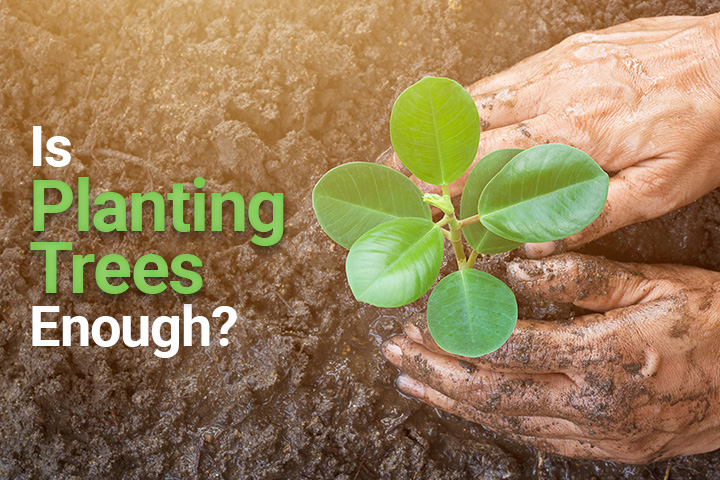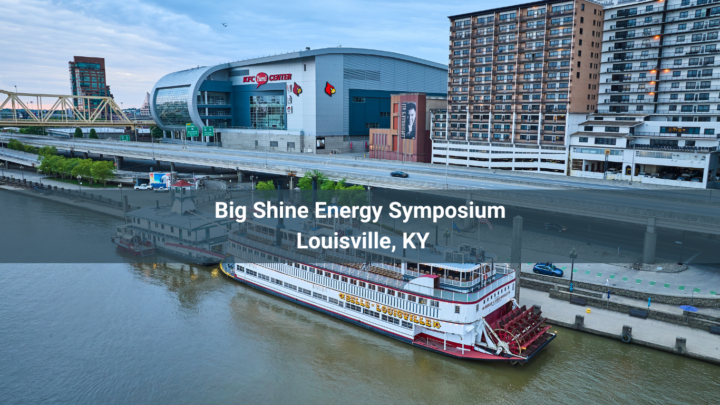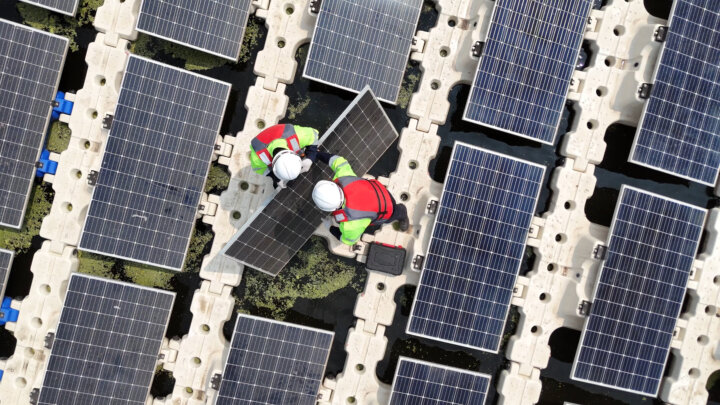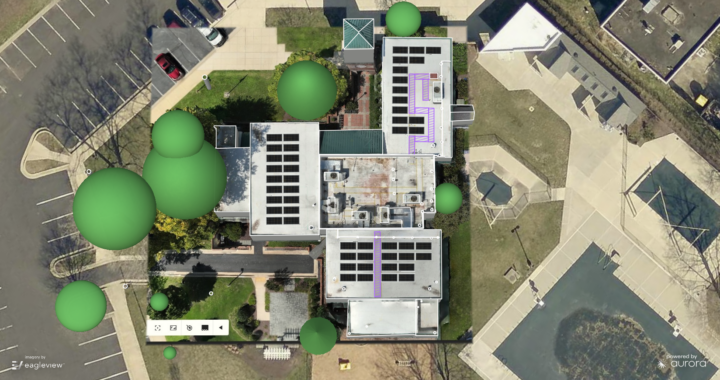How Far Can Planting Trees Go?
As the industrial world continues to increase, one of nature’s greatest gifts to us continues to decrease: trees. Trees play a silent yet larger role in the lives of all living beings than we acknowledge.
A single tree can absorb 13 pounds of CO2 per year while emitting fresh oxygen that we need in order to survive. The role of reducing CO2 is vital on a global level. However, can trees keep up with our demand?
According to a 2011 report, 38.2 billion tons of CO2 were released in that year, with the US contributing 5.9 billion tons. That’s about 2.4 million pounds every second. Then how did we let it get so bad? As our economy becomes more demanding, so does the need to produce. This results in an unwanted byproduct: CO2.
With such high carbon levels being emitted each year and an expectation for it to only increase, is planting trees enough? As areas become more developed, space for planting trees also dwindles – an unsustainable model. The solution can be found in the old adage: “If you can’t beat them, join them.” Since it is not feasible for development and production to stop, we need to find a way to make it more efficient, less taxing on our global resources.
A Sustainable Model
What is the common factor in all pollution-emitting buildings? You guessed it, lights. Each building has them and needs them—and lighting is one of the greatest culprits of CO2 emissions. For every kWh (kilowatt hour) of energy consumed, 1.6 pounds of carbon dioxide enter the atmosphere. The average metal halide is 458 watts and consumes 916 kWh per year, or 1,348 pounds of CO2. Multiply that by 20 fixtures for a small facility and you’re up to 18,320 kWh consumed per year—13.6 tons of CO2. Do you have 1000-watt metal halides? A large facility with hundreds of fixtures? Or run extended operating hours? The numbers quickly climb into the hundred-thousands and even millions of kWh consumed per year.
The small 20-fixture facility we used in our example would require 2,092 trees to reverse the damage. What about a large factory that uses one million kWh of energy per year? We would need a whopping 114,461 trees to absorb the 744 metric tons of CO2 produced annually by a single building. No wonder our trees can’t keep up! The simplest and most beneficial solution, not only for the environment but for your company, is LED lighting.
Traditional lighting’s relentless energy consumption has proven that planting trees isn’t the solution anymore. LED lighting can provide equal to better lighting than traditional incandescents, metal halides and halogen bulbs, while reducing your kWh consumption by up to 70%. And what’s easier–changing a light bulb or planting a tree?
Immediate Results
A simple LED retrofit has the environmental impact of planting not only trees, but acres of forests—an immediate way to reduce the CO2 emissions that cause global warming.
Big Shine Energy doesn’t just want to help you save money, we want to help you save the world—and it’s never been easier.
References
Carbon dioxide emissions rise to 2.4 million pounds per second. CBS News, 2 Dec. 2012.
Trees: The Carbon Storage Experts. Department of Environmental Conservation.
Evans, Erv. Americans are Planting Trees of Strength. NC State University, 2001.
Climate stabilization: Planting trees cannot replace cutting CO2 emissions. Potsdam Institute for Climate Impact Research, 18 May, 2017.
Adams, Mike. Why light bulbs are accelerating global warming and mercury contamination. NaturalNews.com, 26 Oct., 2007.









